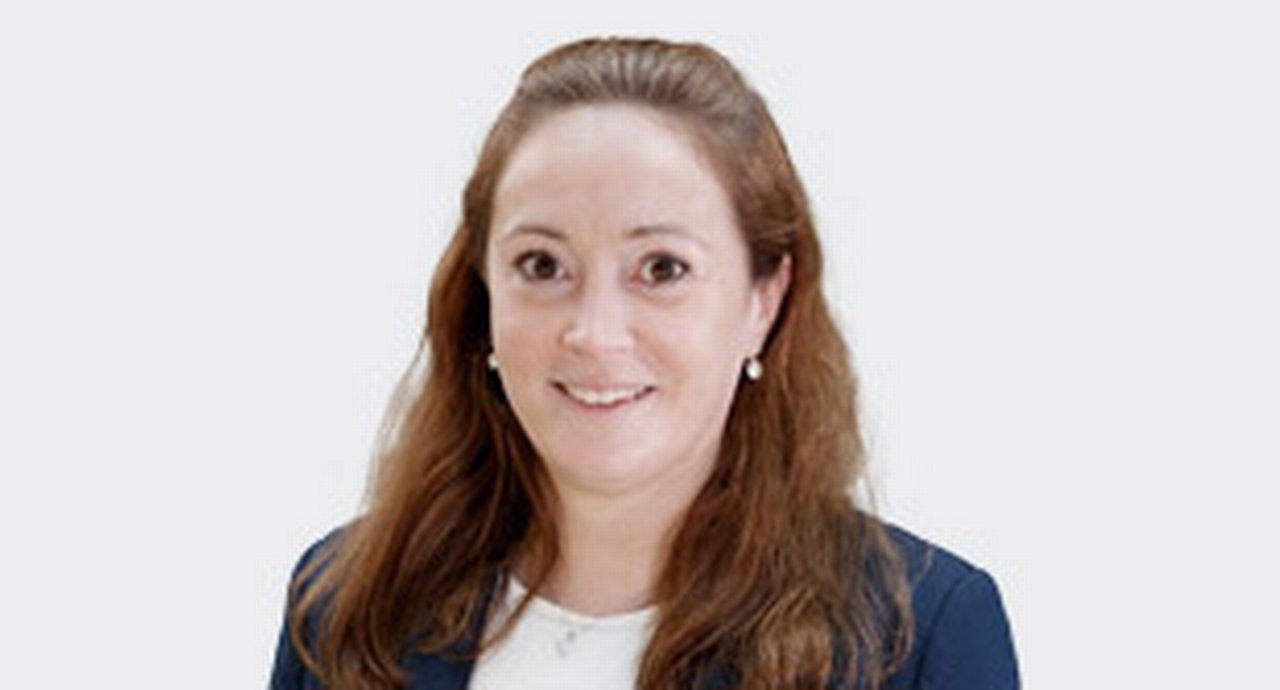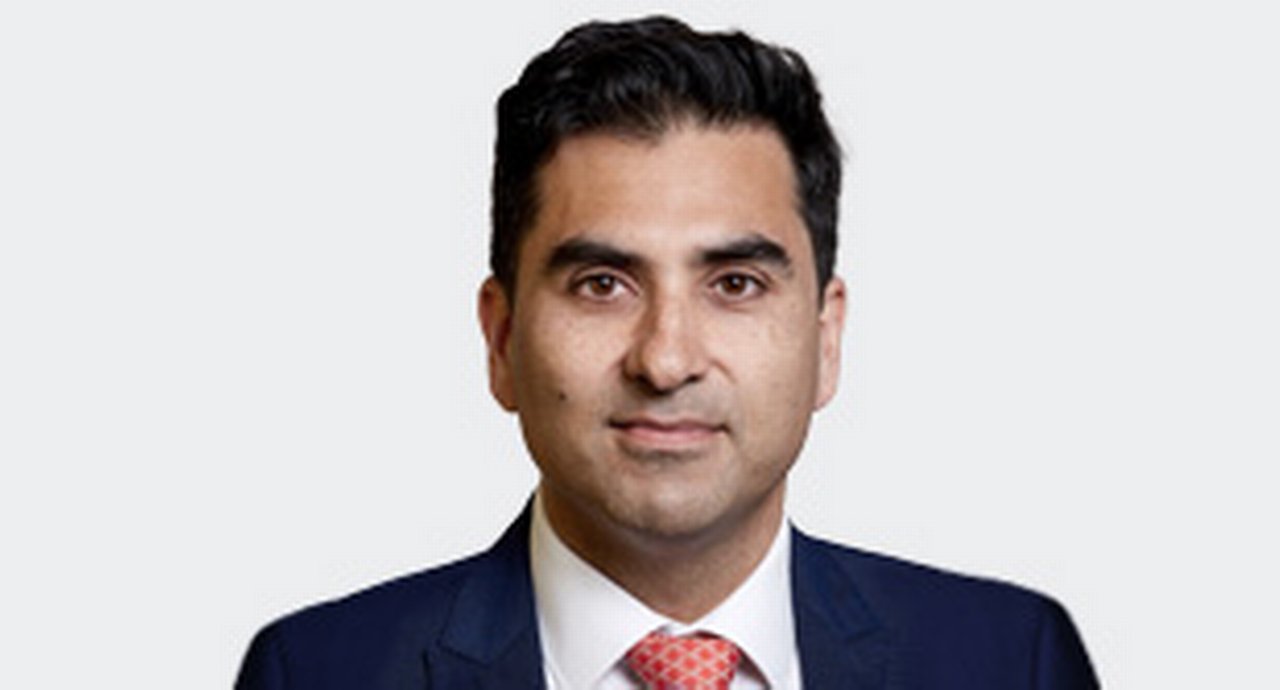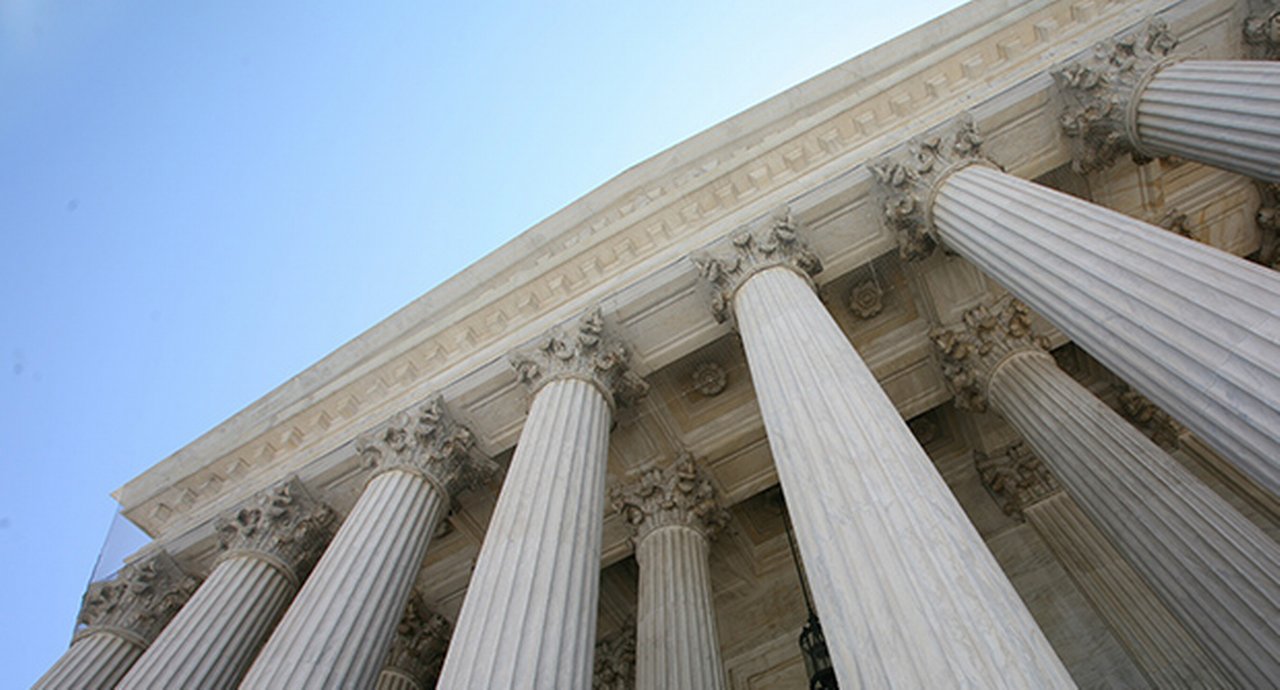13 September 2023
As part of Web3 Talents’ DLT Talents programme assignment, Deutsche Bank’s Jennifer Mink talks to Sabih Behzad, Managing Director, Digital Assets and Currencies at Deutsche Bank about the opportunities and challenges for applying distributed ledger technology in banking use cases as well as the relevance of MiCAR regulation
MINUTES min read
Jennifer Mink: How do you see DLT reshaping traditional banking business models and customer experiences? Are there any specific areas where you expect significant transformations?
Sabih Behzad: Distributed ledger technology offers various benefits. It can make processes more efficient, speed-up automation and reduce inherent risks in current processes. I particularly expect back-end processes, around settlement and reconciliation, to become significantly more efficient or in some cases be eliminated entirely. Moreover, there are further opportunities in the context of financial risk management. Due to the efficiencies created, DLT can have an impact on the calculation of risk-weighted assets (RWA). Reduced RWA can have a massive impact on the business model with respect to how our bank operates today. In terms of the customer experience, DLT will also enable much faster workflows with transactions taking place atomically (and instantaneously) on the client side. In addition to that, the tokenisation of assets and on-chain-cash will open-up new solution areas for customers – this will primarily be enabled through programmability of assets and cash.
Jennifer Mink: What are some of the key challenges or barriers to widespread adoption of DLT in the financial sector, and how can they be addressed?
“Organisations need to identify test cases, when they want to consider the adoption of DLT”
Sabih Behzad: In terms of key challenges, I see a few areas. One area is regulatory clarity, which is now with the introduction of the EU Market in Crypto-Assets Regulation (MiCAR) regulation greater than before – at least in Europe. But a second area is also legal clarity. Often due to the novel nature of DLT, the ownership structures are untested from a legal point of view where the necessity of having clear legal title is paramount. Therefore, organisations need to identify test cases, when they want to consider the adoption of DLT. Another challenge is integrating with existing legacy infrastructure. All banks have huge amounts of legacy infrastructure. Until such time as DLT can fully replace it, banks will need to integrate DLT infrastructure with legacy. This is not a trivial challenge. In addition to that, volume plays an important role. DLT will only create the mentioned benefits, if there are network effects – i.e. other market participants must join the new infrastructure and achieve sufficient scale. This takes time to build up. In terms of seeking to mitigate integration challenges, some banks have created standalone units. Laser Digital,1 a digital asset business backed by Nomura Group, is an example of this or Onyx by JP Morgan (not fully stand-alone)2. The volume challenge as such cannot be easily solved and will need more time to reach their full potential.
Jennifer Mink: What role can DLT play in cross-border transactions and international payments, and what are the advantages it offers over traditional systems?
Sabih Behzad: In international payments DLT can offer various advantages compared to traditional systems. 24/7 availability to make a payment is one aspect. Settlements on distributed ledger technology are atomic. That means sending and receiving the payment happens simultaneously. Either the transaction is carried out or not. It is all about being quicker, also by cutting out the multiple intermediaries. There are several companies working to solve these problems, such as Partior3 or Adhara.4
Jennifer Mink: Could you share some examples of how DLT has already been implemented or tested within your organisation or the broader banking industry?
Sabih Behzad: Deutsche Bank’s Treasury team issued our first tokenised bond on the Ethereum blockchain.5 Just recently, end of May 2023, Deutsche Bank participated in a successful blockchain government bond trial with Tel Aviv Stock Exchange (TASE) and the Israeli Ministry of Finance.6 The bank also filed an application to the German regulator BaFin to obtain a digital asset custody licence. Moreover, Deutsche Bank established a presence in the Metaverse, in Decentraland, to test the technology and test the issuance of non-fungible tokens (NFT).
Jennifer Mink: What challenges or barriers do you anticipate when integrating DLT into existing banking systems, and how do you plan to address them?
Sabih Behzad: This is a complex area and will depend on the use case. However, in some cases, completely new technology needs to be stood up to support these business processes. In other cases, flows into backend systems like tax and accounting need to be considered and these are not always easy to implement.
Jennifer Mink: What skills and capabilities do you think will be essential for banking professionals in a DLT-driven industry? How is your organisation preparing its workforce for this shift?
Sabih Behzad: Understanding the fundamentals of DLT is key. The required skills depend on the area, in which you work. On the business side it is more about, how to identify use cases where DLT could help – some problems are better resolved through centralised databases/legacy technology rather than DLT. To supplement our own knowledge, we have brought talented individuals from outside of the bank into Deutsche Bank. These individuals typically have specialist DLT knowledge, ranging from technologists to anti-financial crime (AFC) experts. Moreover, we are training people internally and are looking to launch a series of training sessions in cooperation with HR. For this we plan to start with senior leadership, to get them closer to the DLT space, and intend to expand across the organisation. Treasury did a hackathon focused on blockchain technology last year which was very well received – I had the opportunity to be a judge on the panel. Hackathons are also something that we want to do more often, to give people the chance to immerse themselves in hands-on experiences with DLT.
Jennifer Mink: Considering the rapid pace of DLT advancements, what are your predictions for its future impact on the banking industry, and how are you staying ahead of the curve?
Sabih Behzad: Applications of DLT are advancing very fast and therefore predictions are difficult. Over the next three to five years, I expect an increase in use cases to solve trade finance (TradFi) challenges, such as the processes around collateral management. I expect there to be many opportunities to improve settlement and backend processes. Beyond this, I also expect new business models to emerge as programmability will open the door to new products and services. The advancement of digital assets will take some time, as sufficient volumes are needed, which first need to build up. Experimenting with the technology will be a key aspect to drive the further progress. DLT is a new field, which cannot only be learned by the book. It requires experimenting with the technology in quick innovation cycles to further assess its value.
Jennifer Mink: What are the key objectives and principles behind MICAR regulation, and how do you think it will contribute to enhancing consumer protection and fostering innovation in the crypto-assets space?
Sabih Behzad: MiCAR regulation is mainly focused on crypto and e-money tokens. The new regulation now gives guidance for non-MiFID regulated assets. MiCAR creates a framework for these assets: how they can be issued, traded and settled within the EU. The new regulation will also enhance consumer protections and make the sector more robust. It will help to enhance confidence within the European market. MiCAR regulation may help corporates and financial institutions enter the crypto asset market as a lack of regulation was frequently cited as a reason to not do so.
Jennifer Mink: How do you anticipate MiCAR influencing the adoption and usage of cryptocurrencies and other crypto assets (within the banking sector)?
Sabih Behzad: We will see more big players enter the digital asset market. Different banks have different risk appetite, specifically for crypto. I expect stablecoin issuances to be seen more frequently. DWS announced in April, that they entered a strategic partnership with Galaxy Digital to jointly develop exchange-traded products (ETPs) and certain digital assets in Europe.7 A subsidiary of Société Generale, SocGen Forge, issued the first public blockchain stablecoin, EUR CoinVertible, on the Ethereum public blockchain in April.8
Jennifer Mink: What are the major challenges or concerns that you foresee in implementing MiCAR, and how can banks and financial institutions navigate them effectively?
Sabih Behzad: While MiCAR regulation has now moved forward, we do need further clarity on some of the implementation specifics – something we expect to emerge in the coming weeks and months ahead. Each of the National Competent Authorities (NCAs) in the EU will need to decide how they will actually implement the MiCAR regulation. This is also not trivial as a number of countries already had some form of regulation in this space live. Those complexities of implementation may come to light in due course.
Jennifer Mink: As a senior leader in the banking industry, what role do you envision yourself and your organisation playing in driving the adoption and implementation of DLT? How do you plan to stay at the forefront of this technology to leverage its potential benefits? And what measures are you taking to ensure the security and integrity of distributed ledger systems and protect customer data from potential vulnerabilities or breaches?
Sabih Behzad: Personally, I find that DLT is a super interesting technology as it has the potential to fundamentally restructure the rails of banking. It is not, however, a panacea and one needs to understand whether specific use cases are better addressed through alternative technology. I see a key part of my role of getting the bank ready and ensuring that it plays a role in the emerging DLT ecosystem. The developments in the DLT space are fast and I want to avoid, that the bank gets locked out of the market and the discussions. We do not only think about applying DLT to create more efficiencies across the organisation, but moreover, to identify new revenue streams. One example for this is programming money. This isn’t something we can do today so this is a new and exciting prospect. We are very early in the industrial adoption cycle of blockchain technology and are trying to participate in all the relevant fora experimenting with the technology. Cyber security concerns are always top of mind. This is one of a number of risk factors we need to keep in mind as we build out our products and services.
This article was first published in July 2023 on medium.com by Jennifer Mink as part of DLT Talents – an initiative that fosters leadership in the blockchain, crypto assets and DLT space which empowers ambitious female talents
Sources
1 See laserdigital.com
2 See jpmorgan.com
3 See partior.com
4 See adhara.io
5 See securities.io
6 See ledgerinsights.com
7 See investor.galaxy.com
8 See ledgerinsights.com





